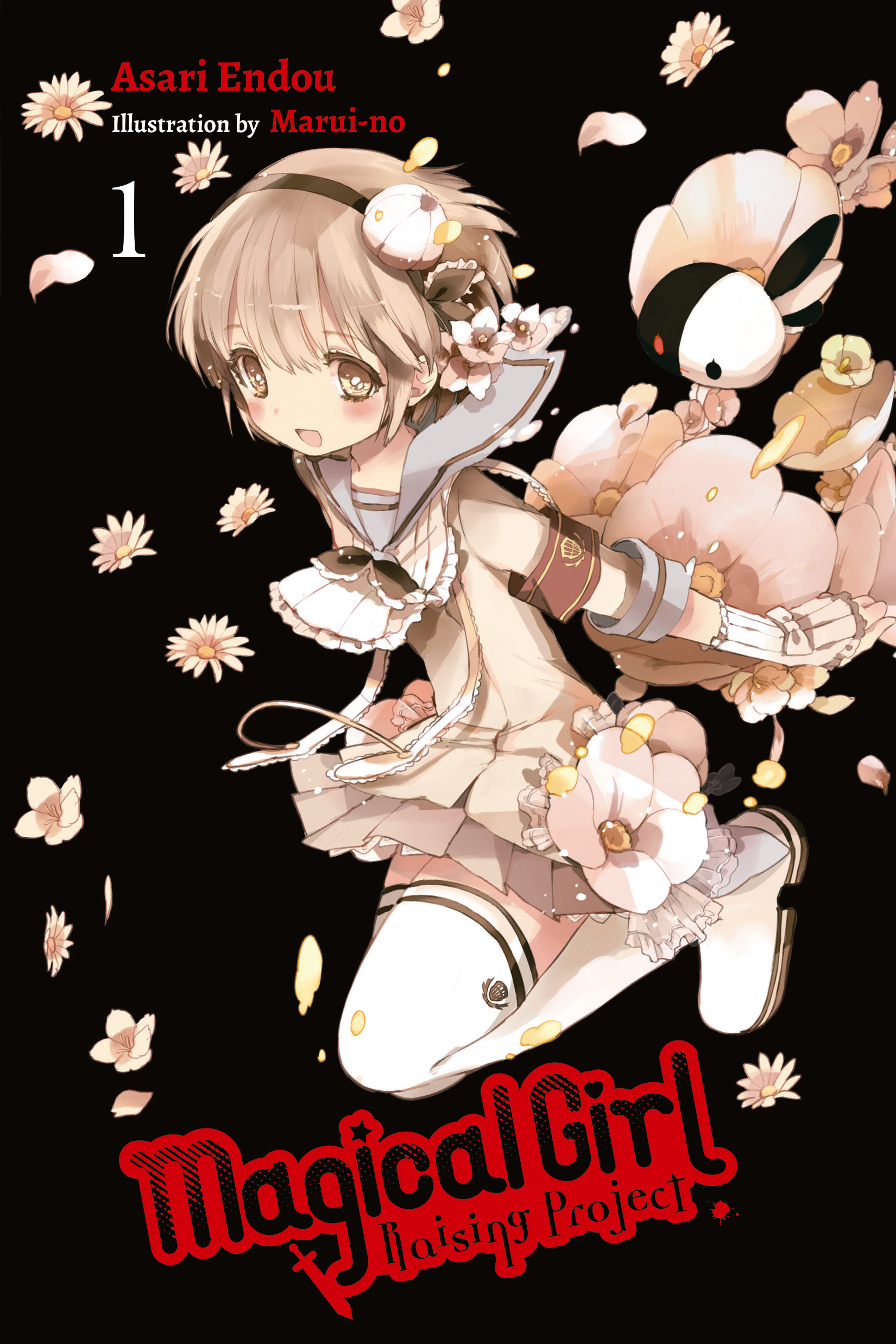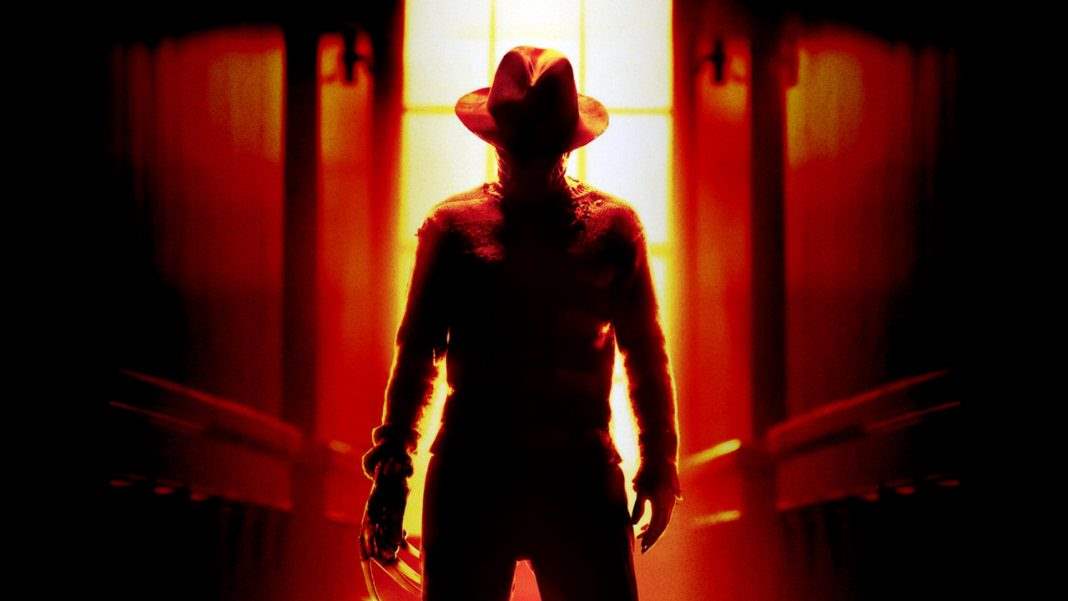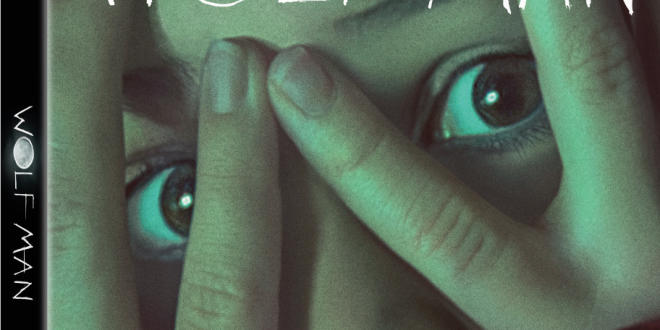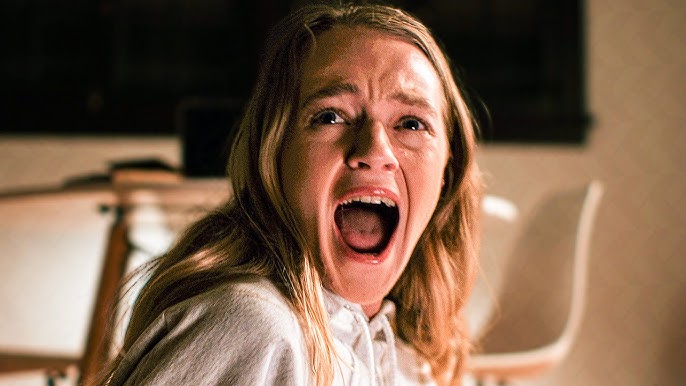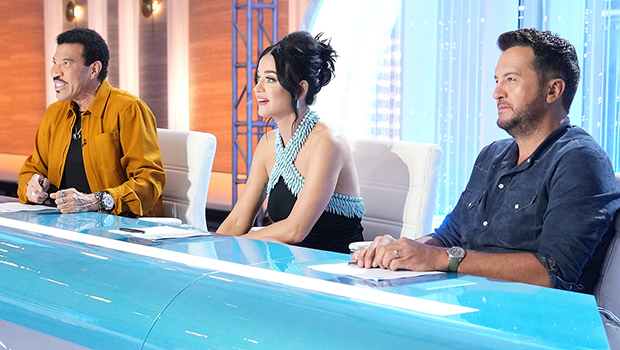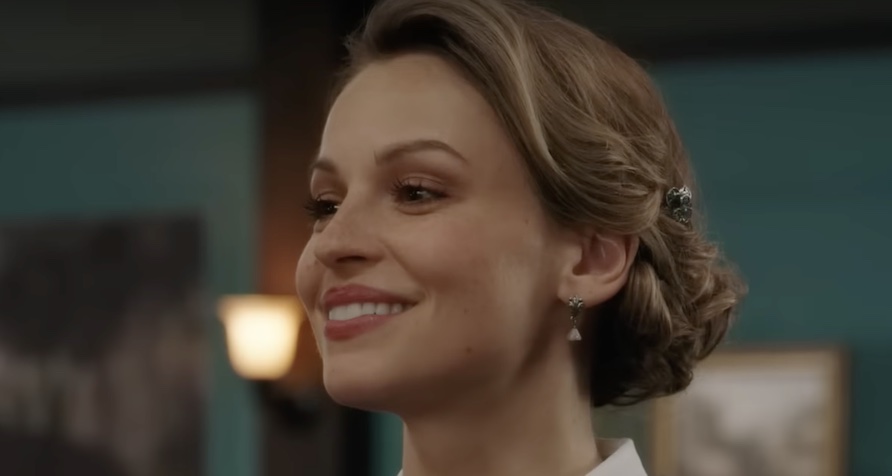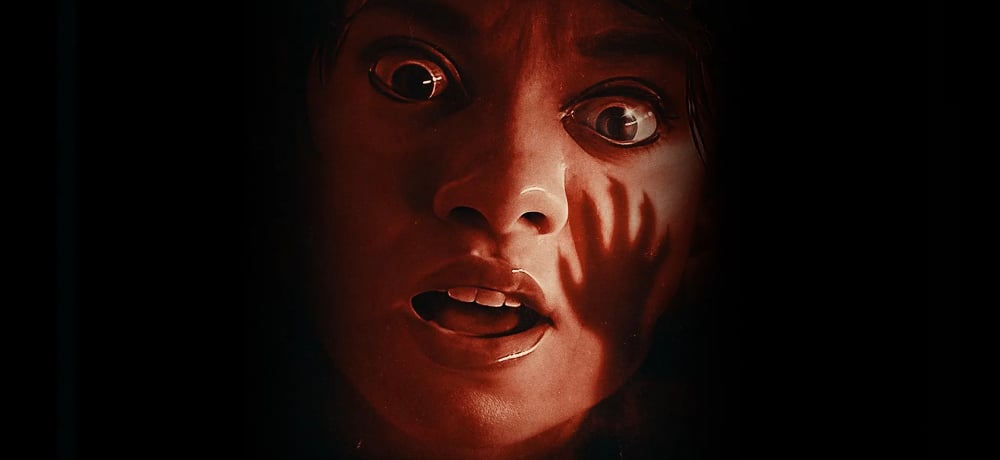In 2016, Asari Endou’s light novel series Magical Girl Raising Project was given a 13-episode anime adaptation. The ongoing book series, featuring illustrations by Marui-no, was first published in 2012 and is currently up to 17-volumes, alongside three different manga adaptions, various web stories, and a stage play. It was recently announced after 7-years that production has been greenlit for a continuation of the anime, adapting MGRP’s second arc Restart.
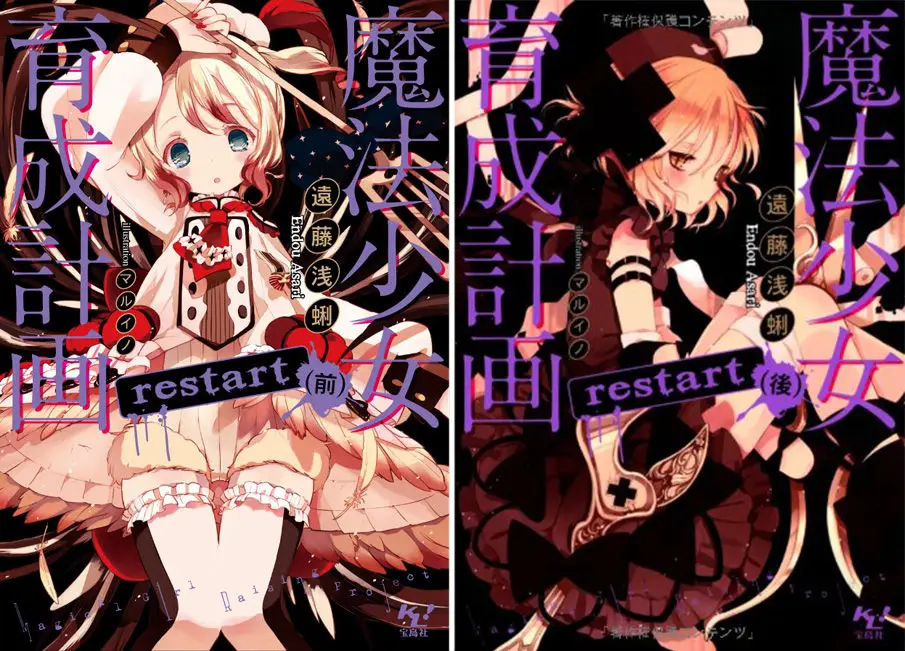
Magical Girl Raising Project, or Mahou Shoujo Ikusei Keikaku, is currently one of the two longest running dark magical girl franchises, second only to Puella Magi Madoka Magica. With its huge cast of unique characters and pulling no punches when it comes to depicting violence, MGRP is definitely a divisive property among Western anime and light novel audiences.
I need to admit, I also wrote off this series after my first real exposure. My mistake was using the manga adaption of the first arc as my starting point. I was so turned off by the art that I didn’t revisit MGRP for a year. The anime was better, while the light novels are superior to both.
To start, Asari Endou really goes out of his way to give each character a unique ability as a magical girl added by Marui-no’s eclectic designs. Unmarked’s Top Speed has a magic broomstick. Restart’s Lapis Lazuline can teleport wherever gems are present. Limited’s Funny Trick can swap any two concealed objects. JOKERS’ Lady Proud can turn her blood into any substance. Uluru of ACES and QUEENS can tell lies you will instantly believe the moment you hear them. Breakdown’s Nephilia can hear the dead. And Ranyi of Black can connect any two doors together. Some powers seem more impressive compared to others, but it all comes down to how they are used. Even the most ridiculous power can kill an opponent.
The biggest issue with MGRP is how audience perception was affected by its first arc being the only one to receive an anime adaption for nearly a decade. As such, Unmarked was given an unfair assessment as a knockoff of Puella Magi Madoka Magica. There are those who also immediately lump it together with the rather obnoxiously bleak Magical Girl Apocalypse and Magical Girl Site, which is entirely undeserved.
In particular, lead character Snow White is viewed as an especially shameless ripoff of Madoka Kaname. This is specifically unfair to the character as your average reader won’t be familiar with how Snow White’s idealism is crushed by the end of Unmarked. However, she remains dedicated to fighting for justice and becomes feared as “The Magical Girl Hunter” from her determination to take down villains (without killing them) even though she’s become a cynical, silent young woman.
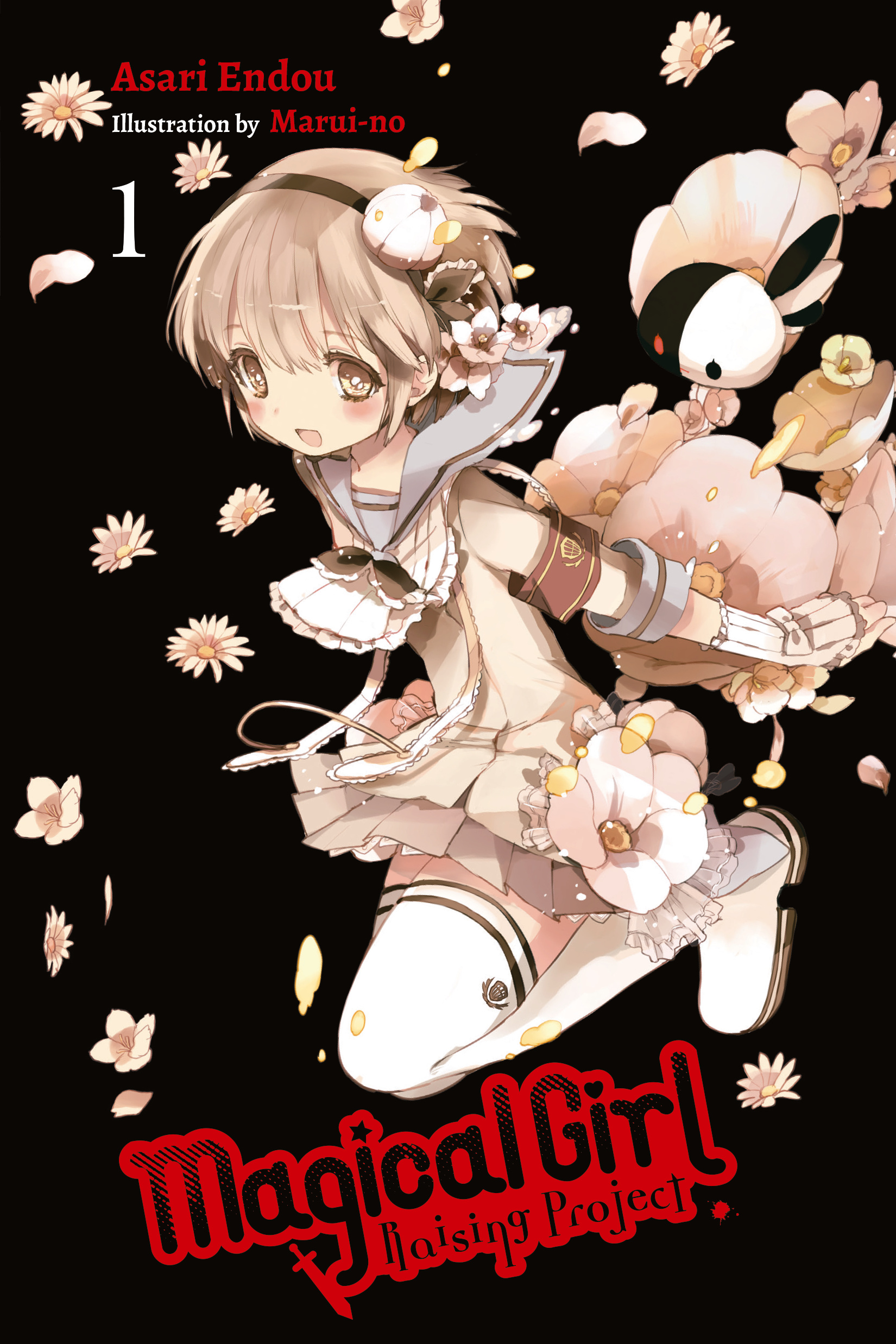
To begin with, MGRP and Madoka Magica are both dark magical girl stories. And they can also be considered horror stories, too. However, Madoka Magica’s biggest draw is it’s an edgy deconstruction of the magical girl genre. The big twist is the characters learn they’ll eventually turn into the witches they fight (if they don’t get killed first). Pretty much every spin-off in the Madoka Magica franchise relies on the multiple ways this “twist” gets played with from different angles. Girls are basically punished for their good intentions as they’re manipulated by deceptively cutesy animals into having their wishes granted at the literal cost of their souls.
Magical Girl Raising Project, on the other hand, is a dark fantasy about the ways in which magical girls live their lives within the system established by the Magical Kingdom. Unmarked leads us to believe the magical girl system is a scam like in Madoka Magica, when the truth is the pain and suffering in this particular story is brought about by two specific villains exploiting the system for their own amusement. There are good magical girls and bad magical girls, and while the system is flawed, thanks to the people who abuse it, the idea of being a magical girl is not in itself a particularly bad thing.
The opening arc, Unmarked as it’s sometimes called, features 16 girls being transformed into magical girls by the popular mobile game “Magical Girl Raising Project.” However, they’re told by game mascot Fav that 16 is far too many and the number will get halved. When Nemurin is cut first, the others learn too late that being cut means you die. Now the remaining 15 are scrambling to survive, being pitted against each other in a death match. During it all, they are observed by Fav and his master, the Musician of the Forest, Cranberry. The soft-spoken Cranberry is determined to find worthy opponents to satiate her bloodlust, and this is just the first of many death matches she’s orchestrated over the decades.
Unmarked is very much a horror story featuring some absolutely brutal and heart-wrenching deaths. The anime doesn’t shy from featuring lots of blood and guts, especially in the case of Hardgore Alice. Alice’s unique power is that she can heal from literally any injury. We’re thus treated to her headless body shoving her fist through Magicaloid 44’s chest to save Snow White. As well as the completely unhinged Calamity Mary reducing Alice to a puddle of viscera, sealing her in an acid-filled drum, and dumping her in the ocean. Alice survives completely unscathed.
The cast of Unmarked are the ones who’re focused on most out of all the characters in the franchise thus far. And there are a lot of characters. Thanks in part to MGRP’s anime and manga adaptions, Western audiences are most familiar with the original 16 despite only 2 of them still being alive by the publication of this article. Even I have to admit, despite my fondness for characters such as Top Speed, La Pucelle, and Weiss Winterprison, I’m sick of how these 16 are the most talked about. It’s a disservice to such a strong series with a bevy of unique protagonists and antagonists.
It doesn’t help that the first arc is contained within one book, which didn’t leave a lot of room to flesh out the characters. The anime took liberties adapting elements from the fourth volume, an anthology collection, to give the cast more development.
MGRP’s second arc, Restart, is where things really get going and by the third, Limited, we take off. It helps that both were given two full novels to tell their respective stories. I wish I had more space to discuss the other arcs but there’s only so much room to cover so much ground.
In Restart, 16 magical girls are pulled into a digital world called “Magical Girl Raising Project.” Their objective is to find and defeat the Evil King. Those who die in the game will appear to have died of heart failure in the real world, no matter what sort of damage they receive. They don’t realize the Evil King is one of the 16, or that the Game Master has no real intention of letting them live thanks to a common bond unknowingly shared by these girls.
Like Unmarked, Restart is a survival horror story but doesn’t rehash old ground. In fact, when Restart’s cast is faced with the same decree that spelled death for Unmarked’s girls, they cut to the chase and immediately devise a way to work around this rule so no one has to die. And when one girl does die, it only hints that someone within the group is either the arc villain or working for them. It’s a clever way for Asari Endou to tell the readers that this isn’t Unmarked.
In Limited, several middle school students, their teacher, and the class pet are transformed into magical girls by the fairy Toko. Toko begs for their help, exclaiming she’s being hunted by evil villains. At the same time, a group of magical girls and a mage are dispatched by the Magical Kingdom to hunt down an assassin. Things become more complicated when a group of anti-establishment magical girls orchestrate a prison break and free three dangerous criminals. Things come to a head when all three groups and the assassin are trapped within a magical barrier surrounding the city. After 24-hours, if the situation isn’t settled, every magical girl within the barrier will be killed.
Limited is more of a crime thriller with various factions chasing after each other, not recognizing someone’s pulling the strings from afar.
Restart gives us our first glimpse at the broader world of MGRP, beyond what Cranberry and Fav showed in Unmarked. These magical girls are all veterans. In fact, Kiku Yakumo is one of the lucky magical girls to have her own anime based on her exploits as Magical Daisy.
Limited gives us an idea about the frequent power struggles and hierarchy within the Magical Kingdom. Not only are there factions dedicated to research and development, investigation, and politics, there’s also a prison for rogue magical girls.
One of the biggest sources of horror within this series are its villains. While Unmarked’s events are kicked off by Fav and Cranberry, a lot of the action is carried by the vengeful Calamity Mary and the unnerving Swim-Swim. The former is a middle-aged drunk and abusive mother who steadily loses what little sanity she has and shoots up a highway, killing and maiming dozens, to draw out other magical girls. The latter is a bathing-suit clad young woman responsible for the most deaths in the first book, thanks to her warped logic on how to become a leader. The kicker? Swim-Swim is revealed to be a seven-year-old child who casually murders her subordinates to the point even Fav is creeped out by her.
This isn’t even getting into how Cranberry became what she is when she was traumatized in a magical girl selection test that went horribly wrong. As the only survivor, Cranberry became obsessed with fighting stronger and stronger opponents. She was nine when it happened. Cyber mascot Fav was more than happy to take advantage of Cranberry, letting her set up future selection tests and watching magical girls murder each other. Even though Cranberry is killed before Unmarked ends, her influence lingers on in the franchise thanks to the magical girls she inspired.
Limited then introduces us to criminal magical girls Pythie Frederica, Pukin, and Sonia Bean. Pythie is obsessed with the ideal magical girl, and is content to do anything-even be the villain-to make such a girl. She’s also got an extreme hair fetish, priding herself on the collection she’s acquired from magical girls over the years which allows her to track them with her crystal ball. With her terrifying ability to stalk and observe anyone she damn well pleases, Pythie Frederica is nothing short of a myopic predator and manipulator and one of the closest things MGRP has to a main antagonist.
Pukin and Sonia Bean are rogue magical girls who framed and murdered hundreds of innocent people while believing themselves to be arbiters of justice. Considering Sonia Bean is named after infamous cannibal Sawney Bean, it’s no surprise she’d be monstrous. With her ability to disintegrate anything she touches, Sonia’s a veritable juggernaut on par with the likes of Jason Voorhees with how much carnage she can unleash. How do you stop a girl who can destroy whatever you throw at her as soon as it enters her vicinity? Pukin, on the other hand, can use her sword to brainwash anyone she cuts with it. From using her power to make a magical girl indiscriminately slaughter everyone around them, to bewitching herself to feel no pain even when half of her head gets blown off, Pukin is just as horrific as Sonia if not more so.
Magical Girl Raising Project’s strength as a magical girl story and a horror story lies in the depth of its characters and the care taken to build this world. It should also be commended for its ability to intersect with other genres, allowing Asari Endou to tell lighthearted and humorous stories about these girls without diminishing or ignoring the darker, bloodier storytelling elements. The various anthology collections give Endou space to go back and shed light on characters who’ve long since died, telling stories about them before their deaths without diminishing the impact of their demises.
If I’m being honest, Magical Girl Raising Project deserves the spot Madoka Magica has as the most talked about dark magical girl series, and I hope the anime’s second season will get people to change their minds on how they initially judged this story.
Post Views:
24

